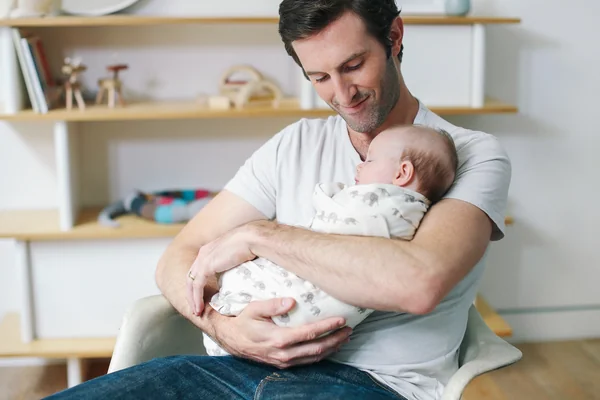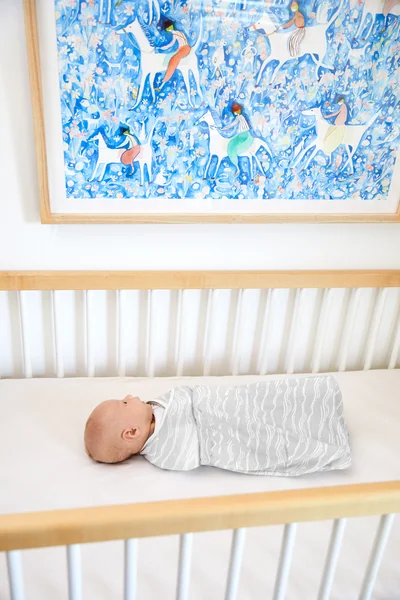Across cultures and backgrounds and every type of parent, the dreams for our kids vary. And while no study can confirm this, we think we can safely guess that every parent would agree on two basic hopes they have when they enter parenthood: that their baby will sleep and their baby will be safe.
Many people claim to have the secret ingredient to helping your little ones sleep better (and therefore, helping you sleep better). While we can’t claim to have the magic formula, we CAN give you some sleep tips for what helps: swaddlers and sleep sacks.
But we can’t talk about sleep without talking about sleep safety! Red Nose Australia and many healthcare providers around the world offer guidelines for a safe sleep environment for babies. One of those safe sleep practices is to not use a loose blanket or bedding, but they agree that swaddling and the use of wearable blankets or sleep sacks for babies are safe when done right.

Game-Changing Baby Sleep Products to Help Children Sleep Better
What’s the difference between a swaddler and a baby sleeping bag?
Swaddlers are blankets designed to be wrapped around a baby keeping their arms down at their sides or on their chest or stomach. This mimics the cozy feeling they had while in utero, but it also helps prevent their startle reflex (newborns tend to jerk their arms and legs a lot, this is known as the startle reflex), which is a common culprit for frequent waking.
Swaddling a newborn makes them feel safe and secure and also helps keep them snug and warm while they sleep.
Baby swaddlers are:
- Snug, tight-fitting, restrictive (which makes them safe for use)
- Safe for babies from birth till they are rolling over on their own
- Good to use at naptime or bedtime
Swaddling a Newborn

Swaddling, although deemed safe by professionals, is still a highly debated topic. Some people might feel like it’s uncomfortable for the baby or unkind to restrict the baby’s movement, but studies have actually shown that swaddling helps them feel more safe and secure. In the newborn phase, the majority of their movement is, like we mentioned above, more jerky and startling, so as they are learning how to move their body, this provides a relaxing moment while they rest.
Why you should swaddle newborns
- Safer sleeping
- Soothing and secure for newborns
- Babies tend to cry less when swaddled
- Controls the startle reflex
- Can help babies with infant reflux
How to safely swaddle a newborn
- Wrap snugly but not too tightly. Babies should be able to breathe normally and move their hips (bend up and out at hips), but the swaddle blanket shouldn’t be so loose that it could come undone while a baby is sleeping.
- The top of the swaddle blanket should be below a baby’s mouth, around their chest and shoulders.
- Lay a baby on their back to sleep after being swaddled.
- Swaddle during the right times, i.e. naptime and bedtime, nighttime feedings and if the baby is being really fussy and won’t calm down another way.
- Don’t let your baby overheat. Put your baby in lightweight clothing under the baby swaddle and keep the room temperature that they’re sleeping in between 16-21 degrees.
- A good way to check baby’s temperature is to feel the baby’s back or tummy, which should feel warm (don’t worry if baby’s hands and feet feel cool, this is normal). If baby is showing signs of heat stress, remove some bedding or clothing. This may be necessary if baby is unwell, in which case you should seek medical attention.
When to Transition Out of Baby Swaddle Blankets
Stop swaddling when your baby shows signs of rolling over and/or they’re becoming more physically active. This is when you should transition to a wearable sleep sack. Some say to stop around 2 months old, while others say 4 months. Each baby develops differently.
As a new parent, you have a lot of nap times and bedtimes coming your way. We hope that with these safe sleep products and guidelines, you can confidently put your child to sleep. Because when your baby sleeps safely, you can sleep soundly.
